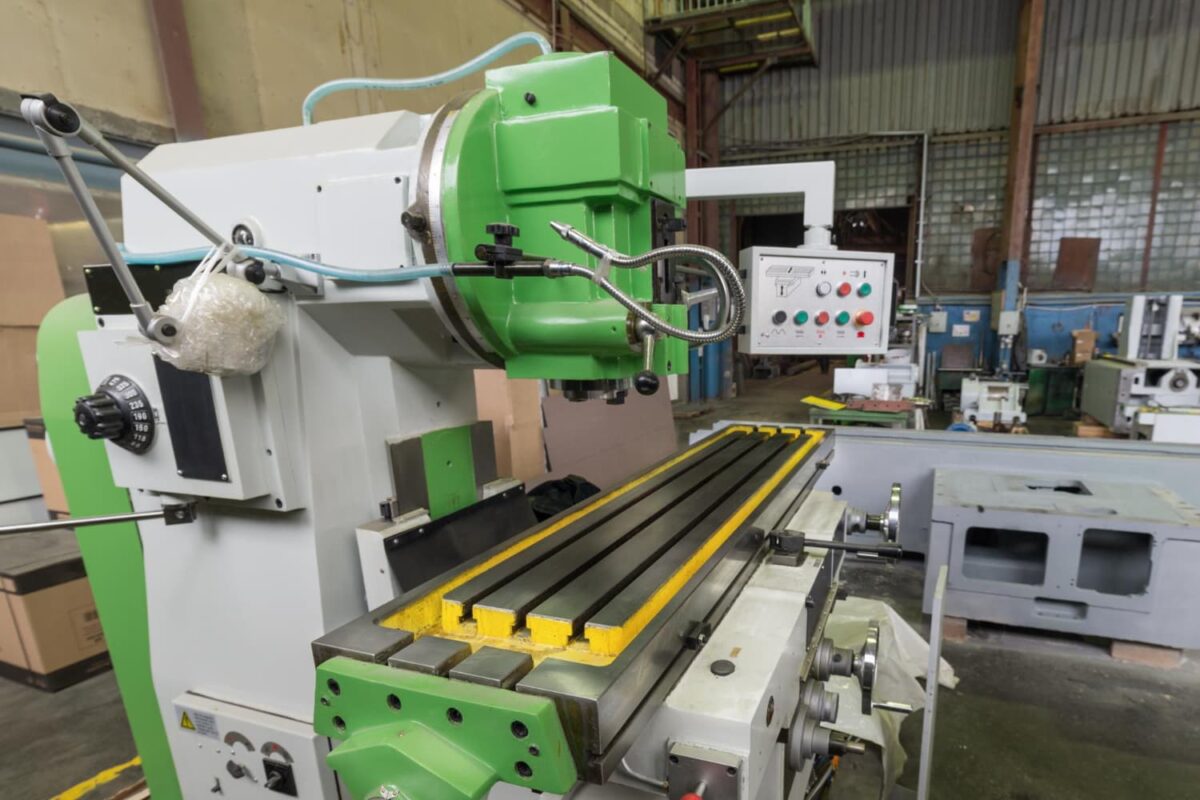Computer Numerical Control (CNC) machines have revolutionized the manufacturing industry, offering precision, efficiency, and flexibility in production. There are a variety of CNC machines available for manufacturing. It is important to understand the differences between these types of machines in order to choose the right one for each job. Let’s take a closer look at the types of CNC machines that can be used, specifically for aluminum processing.
Understanding CNC Machines
What is CNC Machining?
CNC machining refers to the process of using computers to control machine tools. The machinery can include lathes, mills, routers, and grinders, transforming a piece of raw metal into a finished product with precision based on computer-generated designs.
The Importance of CNC Machining in Aluminum Processing
Aluminum is a widely used material in manufacturing. Aluminum is a metal with strength, a light weight, and a natural resistance to corrosion. It is a reliable metal used in various industries, from automotive to aerospace. CNC machining aluminum allows producers to fabricate complex parts with exceptional accuracy, maintaining the material’s integrity and performance characteristics.
Types of CNC Machines for Aluminum
CNC Milling Machines
CNC milling machines are perhaps the most common type of CNC machine. They operate by rotating cutting tools against a stationary part, effectively removing material from the aluminum workpiece. Clad with various heads and cutters, milling machines offer high precision and can handle intricate designs.
Vertical vs. Horizontal Milling
Vertical CNC milling machines have the spindle axis in a vertical position, making them ideal for parts that fit within a vertically oriented machine’s machining capabilities. Horizontal milling machines employ a horizontal spindle orientation and best suit larger, heavier components.
CNC Lathe Machines
CNC lathes rotate the workpiece around a stationary cutting tool, efficiently producing symmetrical parts. They’re especially suited for cylindrical parts like shafts and pipes. CNC lathe operations on aluminum can deliver clean and smooth surface finishes and dimensional accuracy, which can be critical for high-performance applications.
CNC Router Machines
Primarily used for non-metal materials, CNC routers are, nevertheless, adept at cutting and engraving aluminum sheet parts. They operate at high speeds and are particularly useful in crafting intricate patterns with precision. Routers are suitable for lighter aluminum work as they have limitations with thicker metals.
CNC Grinding Machines
Grinding machines use abrasive wheels to refine the surface of metal parts, achieving a high degree of surface precision and finish quality. For aluminum machining, CNC grinders can remove small amounts of material to create incredibly smooth surfaces, bolstering the aesthetics and performance of the components.
CNC Plasma Cutters
Although predominantly used for other metals, plasma cutters can cut through thicker aluminum sheets. This method involves using electrically conductive gases to produce high-temperature plasma jets capable of melting metal effectively.
Factors Influencing CNC Machine Selection
Precision Requirements
Different industries will naturally require different types of CNC machinery. Aerospace components may require the unparalleled precision that CNC milling or lathe machines offer, whereas CNC routers might suffice for less demanding applications.
Production Volume
The quantity of parts needed often influences the machine type. High-volume productions benefit from the speed of CNC routers, whereas intricate, low-volume parts may necessitate the detailed capabilities of CNC milling.
Material Properties
The metal or other material being processed will also help determine which CNC machine is most appropriate for the job. Hardness of the material and machinability are often the deciding factors.
Innovations in CNC Technology
Automation and Smart Manufacturing
Automation has taken the lead in CNC machining, minimizing human intervention while maximizing efficiency and accuracy. Smart CNC machines equipped with sensors and IoT integration provide real-time data, improving process monitoring and adaptive machining.
5-Axis Machining
5-axis CNC machines allow simultaneous movement along five different axes, increasing the flexibility and capability to create complex parts. This technology is particularly beneficial for machining aluminum components with complex geometries, reducing the need for multiple setups.
Choosing the Correct CNC Machines
Assessing Technical Requirements
Conduct an internal audit of the technical requirements for the particular job, such as tolerances, material types, and part complexity. Matching machine capabilities with your technical needs enhances production quality and efficiency.
Budget Considerations
Securing a machine that balances performance with cost is crucial. While cutting-edge machines provide advanced features, analyzing total cost of ownership against production needs is vital to maintain budget alignment.
Supplier Evaluation
Evaluating CNC machine suppliers is an essential part of the procurement process. Prioritize reputation, after-sales support, and warranty offerings alongside the machine specifications.
FAQ Section
What is a CNC lathe machine used for?
A CNC lathe is used to produce symmetrical parts such as shafts and pipes by rotating the workpiece against a stationary cutting tool.
Can CNC routers process aluminum effectively?
Yes, CNC routers can process aluminum. Routers are particularly suitable for cutting and engraving on aluminum sheets, although there are limitations with thicker pieces.
What advantage does a 5-axis CNC machine offer?
5-axis CNC machines provide enhanced flexibility to create complex parts with fewer setups, optimizing aluminum component production while minimizing errors.
Why is CNC machining preferred for aluminum?
CNC machining allows precise, repeatable processing of aluminum, maintaining the material’s integrity and offering superior accuracy and finishes.
How do I choose the right CNC machine for my needs?
Consider project requirements like part complexity, precision needed, production volume, machine capabilities, budget constraints, and supplier reliability.

